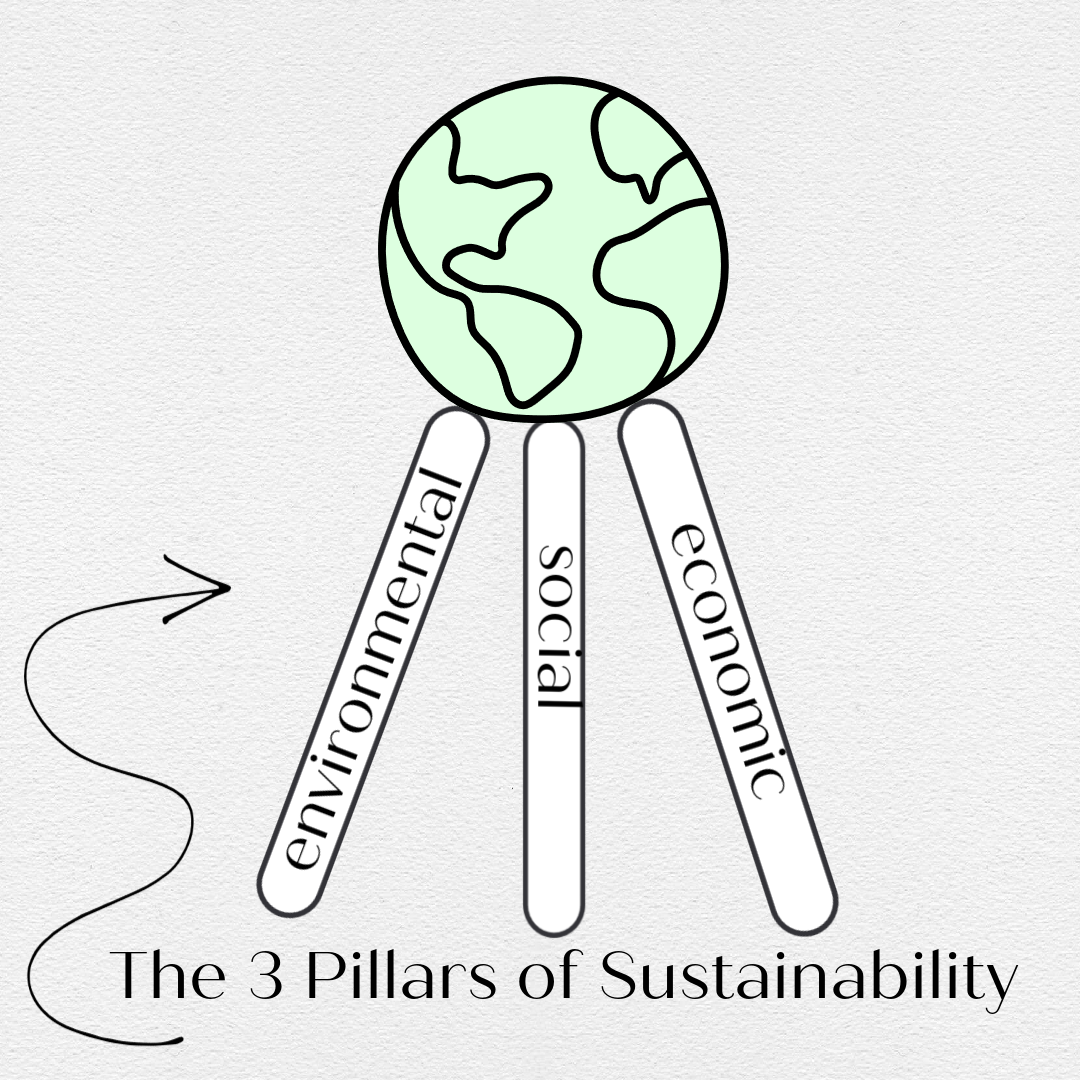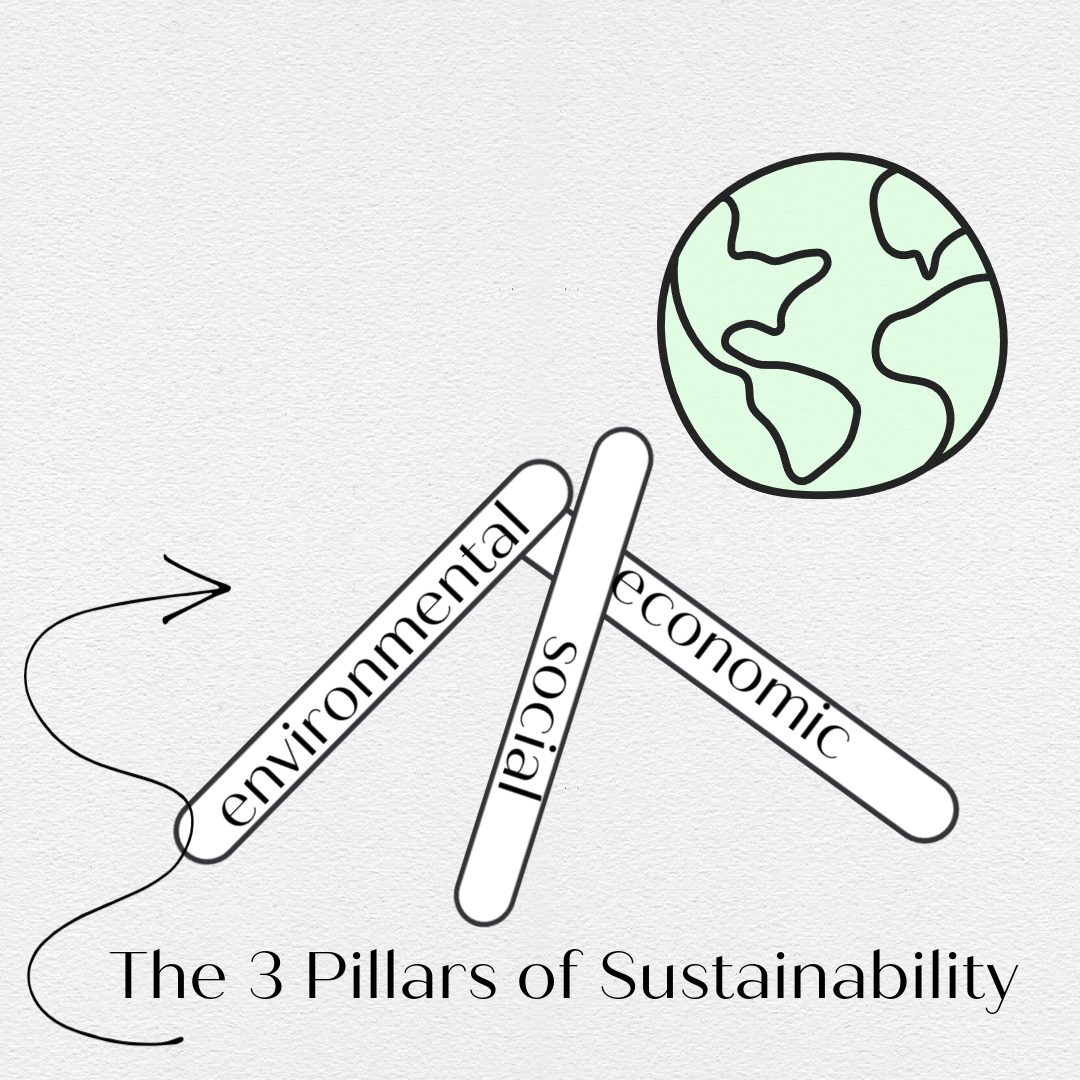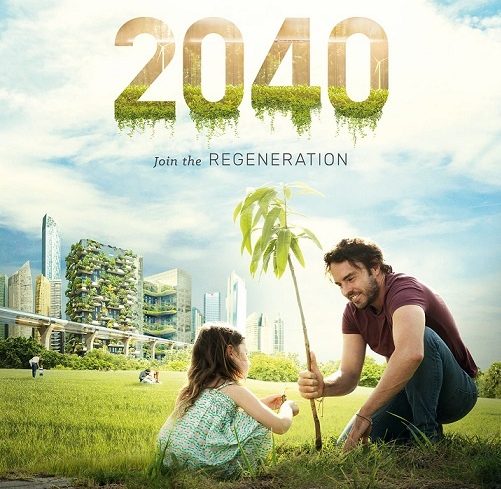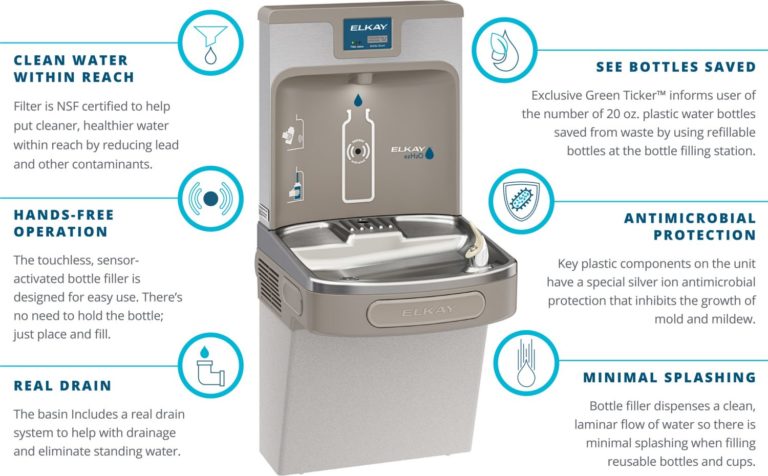Have you noticed people talking about intersectional environmentalism a lot on social media lately and wonder what it means? Well it’s a relatively new term for what is essentially The 3 Pillars of Sustainability a concept that grew from the 2002 Earth Summit, but more on that later. Intersectional environmentalism is used to describe the inclusion of racial and social justice within the framework of environmental justice. The phrase was posted on Instagram by Leah Thomas in solidarity to Black Lives Matter protests, suggesting that environmental activism tends to be a world of white privilege. Leah’s brilliant slide went viral and she instantly became the face and voice of the movement.
The word intersectional comes from a legal term Intersectionality coined in 1989 by Kimberlé Crenshaw, an American lawyer, professor of civil rights and critical race studies at UCLA and Columbia. Intersectionality refers to the overlapping identities of race and gender in terms of discrimination and the effects of both on an individual. When her theory went mainstream during the 2017 Women’s March, Crenshaw wrote ;
“the thing that’s kind of ironic about intersectionality is that it had to leave town” — the world of the law — “in order to get famous.”
Bringing long over-due inclusion and equality to what was originally feminism for white cis women, Intersectional Feminism means feminism for every possible aspect of a *womxns identity. These include but aren’t limited to race, gender, class, nationality, sexuality, religion and economic status – identifying with all or some of these will compound the discrimination, oppression or marginalisation to further disadvantage womxn. Equality is not a pick and mix, a Black Trans Womxn cannot choose which identity is above another, they are all three equally.
So how does Intersectional Environmentalism differ from The 3 Pillars of Sustainability? In short, it doesn’t really. Try this, imagine Earth sitting on a three-legged stool. Each leg represents a different aspect of sustainability – SOCIAL, ENVIRONMENTAL and ECONOMIC. All three are the justices humanity needs in order to maintain the balance and stability of our home. Now picture what happens to Earth when one leg is weak or worse cut short. O.K I’ll leave that there for a moment to percolate.


WHY DO WE NEED THE 3 PILLARS OF SUSTAINABILITY?
Informally known as PEOPLE PLANET PROFIT the 3 pillars of sustainability combine all aspects of humanity for the common good to sustain healthy life on Earth. In other words, to stop and eventually reverse the climate crisis, the 3 pillars must be equally addressed and balanced.
Unfortunately or deliberately depending on who you ask, no government has managed to properly legislate the 3 pillars philosophy. Despite the fact that Indigenous Tribes and First Nations People have always lived harmoniously with nature, the global north struggles to embrace the concept of equality and respect for all living things. To date, the 3 pillars remain philosophical although the Green New Deal, which encapsulates it, is gaining momentum across the globe. However, over the past thirty years or so we’ve only practised incremental sustainability which has essentially protected corporations over the environment and usually ignored the people most impacted. What do I mean by that exactly?
In honour of Plastic Free July let’s use the example of plastic recycling or more specifically plastic water bottles. Drinking water from plastic bottles went from something we did on the fly for convenience to something we do at home by the pallet load. In a short space of time, we did what we always do, and went overboard. The question of what to do with all the empty plastic bottles quickly became a problem. So with a push from environmentalists, the government stepped in to roll out recycling on a massive scale.
In order to allow companies like Coca-Cola to continue making enormous profits selling bottled water (which is literally filtered tap water) government proclaims our saviour is PET, a material that can be recycled. The next step is to cheaply outsource the recycling process to poor countries so we don’t have to deal with it. As usual, giving rich countries a pass and giving poor countries little choice in the matter. However, instead of solving the problem, we actually give ourselves a pass to buy more because now we can “do the right thing” and recycle it all! OK, that’s not so bad you say? Well sure but the trouble is those poor countries are soon overwhelmed with all our trash and no longer want it so in the end only 9% is actually recycled. To keep this analogy short, I won’t go into the toxic waste from plastic production, but you get the picture right?
ACCOUNTABILITY, EQUALITY & REGENERATION
Despite the now obvious fact that recycling won’t fix our plastic addiction we continue to throw away 8 million tons a year. Coca-Cola alone produces a staggering 209,000 plastic bottles every minute. And where does it end up? If you answer in the ocean and on the shores of the global south, ding ding you’d be correct. Wait there’s more, according to WWF we digest approximately 5 grams of plastic a week, yuk! That’s about the equivalent of eating a credit card. Now brace yourself for this – Microplastics leach from plastic bottles and are found in 90% of water bottled in plastic whereas tap water contains half the number of microplastics. Have you bought a re-usable bottle yet? I’m sure you’re aware that microplastics can disrupt your immunity and hormone system?
Anyway, my point is instead of forcing Coke to discontinue producing plastic bottles our leaders chose to put the responsibility back onto the consumer who didn’t have a clue what was really going on because Coke ad campaigns insinuate that bottled water is better than tap! And get this -The process of producing bottled water requires around 6 times as much water per bottle as there is in the container. Oh boy, how dumb are we? I’m not being funny, but our governments are clearly in cahoots with capitalism. Choosing the profits of corporations over the health of people and planet is self-serving and thinly veiled as economic growth.
Now as the so-called developed world has awoken en masse and joined the rest of us to demand answers. We clearly see how disproportionately the effects of the Climate Crisis hurt Black, Brown, Indigenous and First Nations People. It’s a fact that noxious factories are deliberately sited in poor towns, fossil fuel companies mine sacred ground and build pipelines across indigenous land, deforestation continues unabated and the top 1% of the world’s population hoard all the wealth. These are exactly the issues that the 3 pillars would address. Yet all this extraction and inequity is not the end of the story, we can’t simply stop what we’re doing and expect that’s job done.
Agriculture can harmonize the carbon cycle and stabilize climate through carbon farming. Carbon Farming involves implementing practices that are known to improve the rate at which CO2 is removed from the atmosphere and converted to plant material and soil. Regenerative farming and carbon sequestration will mitigate climate change while doughnut economics redistribute wealth and pull people out of poverty. It’s impossible to overstate the potential here. According to Marin Carbon Project research, sequestration of just one metric ton per hectare on half the rangeland area in California would offset 42 million metric tons of CO2, an amount equivalent to the annual greenhouse gas emissions from energy use for all commercial and residential sectors in California.

WHAT DO THE 3 PILLARS OF SUSTAINABILITY LOOK LIKE?
To summarize The 3 Pillars of Sustainability is difficult when we have so much inequality and degradation to address. However, I have outlined the main points of each pillar below but note, this is a non-exhaustive list.
SOCIAL – Peace, security, equality and human rights such as sanitation and clean drinking water, healthcare, housing, education and dignified pay.
ENVIRONMENTAL – Environmental management i.e. oceans, wetlands and freshwater management, clean air, woodlands and reforestation, soil regeneration and healthy food systems.
ECONOMIC – Decoupling environmental degradation and economic growth and create sustainable economic opportunity, green jobs and renewable energy, adopt a cradle to cradle business model.
So as you can see, if we adhere to the 3 pillars of sustainability the next generation has an exciting future ahead. For a visual of what that will look like in real terms, I highly recommend watching the Australian documentary 2040. This documentary is probably the most optimistic view of our children’s future I’ve ever seen.
As I hit publish on this post three oil and gas pipeline projects have been officially shelved. North Dakota, Atlantic Coast and the Keystone XL which was blocked by the Supreme Court. The FT asks Is the party finally over for US oil and gas? I’m gonna say… you bet baby!
-click links for sources | Dress I’m wearing is from Dodo bar Or – photographed by Mariela Murdocco | *the x in womxn represents people who identify as women.











Comments ( 2 )
No Fear of Fashion
Your post makes me sad, inadequate, hopeless and defeated.
There is so much wrong with the world.
Greetje
Lisa the Sequinist
Absolutely brilliant post, MT. There is so much information here. I hope this Great Pause caused by Covid continues to force more people to rethink the status quo and design the future we want, not what corporations are selling us. I shall definitely watch the 2040 documentary for some hope about what that future might look like.
For me, all three pillars boil down to one thing– don’t be selfish. If you think of all humans as being interconnected and interwoven with each other and the planet, it all falls into place.
Brava, may warrior friend. xxx